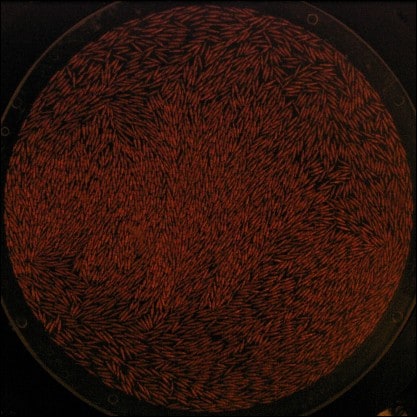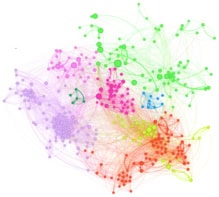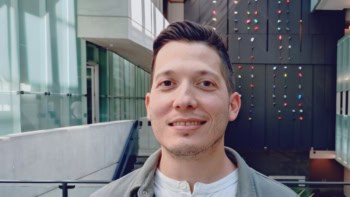"Swarming" is often seen in the animal kingdom, for example when schools of fish rapidly change direction to evade a predator. Now physicists in India and the US have made collections of tiny copper rods swarm by vibrating them between two plates. The researchers claim that their experiment shows how simple small-scale interactions can give rise to large-scale changes in behaviour and could provide a better understanding of swarming in living organisms (Science 317 105).

A swarm can be thought of as a system in which the density of particles fluctuates wildly from place to place. One such system is a school of fish, which exhibit density fluctuations as the fish rapidly change direction. Although physicists have tried to develop mathematical models of swarming, there are few simple experimental systems available for testing them.
Now, however, Vijay Narayan of the Indian Institute of Science in Bangalore and colleagues have demonstrated swarming in a table-top experiment involving very simple inanimate objects – thousands of short copper rods less than a millimetre thick vibrated between two horizontal plates. The system is similar to a so-called “active nematic” liquid crystal – a fluid made up of long, symmetrical molecules.
Narayan’s group measured the density fluctuations for different numbers of rods between the plates – from 35% to 66% coverage – using snapshots taken with a digital camera every 15 seconds for 40 minutes. They found that the tests with more rods had larger fluctuations, leading to more visible swarming behaviour.
Intriguingly, the researchers could not get the rods to swarm without first etching them at either end so they took on the shape of a tiny rolling pin. Although they do not know for sure why this modification was necessary, Narayan told Physics Web that it is similar to nematic liquid crystals, which are known only to comprise molecules with a rigid inner section and bendable extremities.
Commenting on the work in Science, Martin van Hecke, a condensed-matter physicist from Leiden University in the Netherlands, said: “What is clear already is that shape matters.”
Narayan said that their experiment shows how swarming – such as that seen in the animal kingdom – does not necessarily require communication, but can occur with simple particle-particle interactions. “It should provide encouragement to others to carry out quantitive tests of ‘flocking’ models by measurements of bird flocks, fish schools or giant herds of migratory beasts,” he added.



